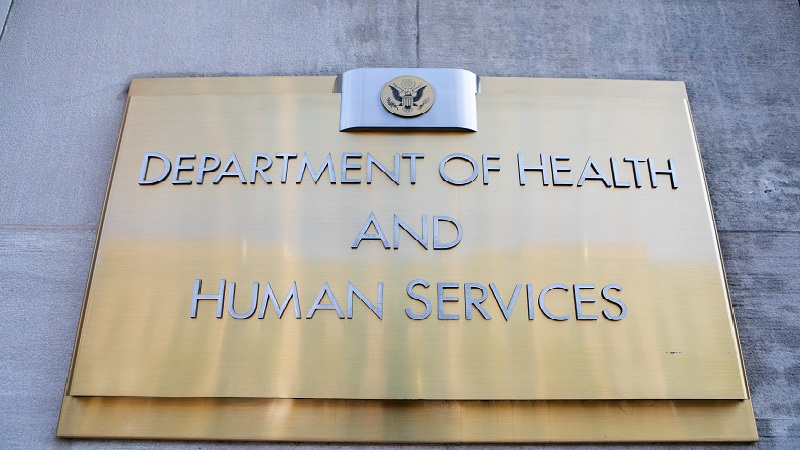
The Department of Health and Human Services (HHS) is set to release a new enterprise-wide AI strategy in January, HHS Acting Chief AI Officer (CAIO) Micky Tripathi said last week.
During the NVIDIA AI Summit in Washington on Oct. 8, Tripathi detailed the forthcoming AI strategic plan, noting that it “spans the entire breadth of what the department covers.”
Tripathi – who also serves as the department’s assistant secretary for technology policy and national coordinator for health IT – said that HHS’ work spans across the “value chain of life sciences and healthcare.”
“Starting with research and discovery of medical products – that’s drugs, biologics, diagnostics, devices, all the preclinical work that NIH primarily does there. Then you move to approvals from measuring safety and effectiveness of those medical products,” Tripathi explained. “Then you go to healthcare delivery. Everything involved with healthcare delivery in the Department of Human Services covers both the largest health insurers in the world, Medicare and Medicaid, as well as significant activities related to how health delivery happens.”
“My agency certifies electronic health records … And we also establish the data standards that are required to be supported by those electronic health record systems,” he added.
Tripathi said his team is “hard at work” developing the new AI strategic plan set to be released in the new year that “looks across the department as we think about the healthcare sector generally.”
“It’s both externally focused as well as internal,” Tripathi explained. “Where do we see – from just a general public policy perspective – the needs of the industry and all of those domains across that entire value chain? What role does the Federal government play in each of those areas? What potential roles does AI play in each of those areas?”
He continued, “How should we be thinking about this from the perspective of spurring innovation? We want to be able to say, how do we incentivize more innovation? There’s tremendous innovation happening – are there things that we may be getting in the way of that kind of innovation?”
“The second area is guardrails – how we think about guardrails. We hear more and more about people being concerned about getting too innovative in the healthcare space and a desire for guardrails to help channel that innovation appropriately,” Tripathi said. “And then where are the areas that the Federal government really ought to just not get in the way?”
Tripathi highlighted that of the 600 Federal AI use cases publicly released in 2023, HHS was accountable for nearly one-third of those.
HHS’s current enterprise AI strategy was published in January 2021.
